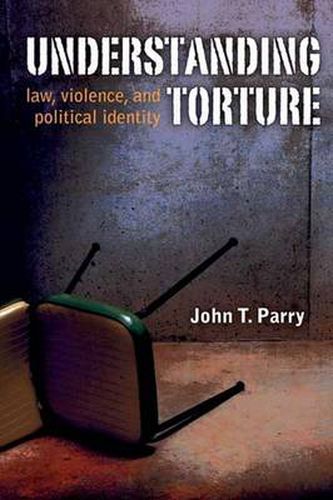Readings Newsletter
Become a Readings Member to make your shopping experience even easier.
Sign in or sign up for free!
You’re not far away from qualifying for FREE standard shipping within Australia
You’ve qualified for FREE standard shipping within Australia
The cart is loading…






Legal prohibitions against torture cannot prevent state violence. Prohibiting torture will not end it. In
Understanding Torture , John T. Parry explains that torture is already a normal part of the state coercive apparatus. Torture is about dominating the victim for a variety of purposes, including public order; control of racial, ethnic, and religious minorities; and, domination for the sake of domination. Seen in this way, Abu Ghraib sits on a continuum with contemporary police violence in U.S. cities; violent repression of racial minorities throughout U.S. history; and the exercise of power in a variety of political, social, and interpersonal contacts. Creating a separate category for an intentionally narrow set of practices labeled and banned as torture, Parry argues, serves to normalize and legitimate the remaining practices that are ‘not torture’. Consequently, we must question the hope that law can play an important role in regulating state violence. No one who reads this book can fail to understand the centrality of torture in modern law, politics, and governance.
$9.00 standard shipping within Australia
FREE standard shipping within Australia for orders over $100.00
Express & International shipping calculated at checkout
Legal prohibitions against torture cannot prevent state violence. Prohibiting torture will not end it. In
Understanding Torture , John T. Parry explains that torture is already a normal part of the state coercive apparatus. Torture is about dominating the victim for a variety of purposes, including public order; control of racial, ethnic, and religious minorities; and, domination for the sake of domination. Seen in this way, Abu Ghraib sits on a continuum with contemporary police violence in U.S. cities; violent repression of racial minorities throughout U.S. history; and the exercise of power in a variety of political, social, and interpersonal contacts. Creating a separate category for an intentionally narrow set of practices labeled and banned as torture, Parry argues, serves to normalize and legitimate the remaining practices that are ‘not torture’. Consequently, we must question the hope that law can play an important role in regulating state violence. No one who reads this book can fail to understand the centrality of torture in modern law, politics, and governance.